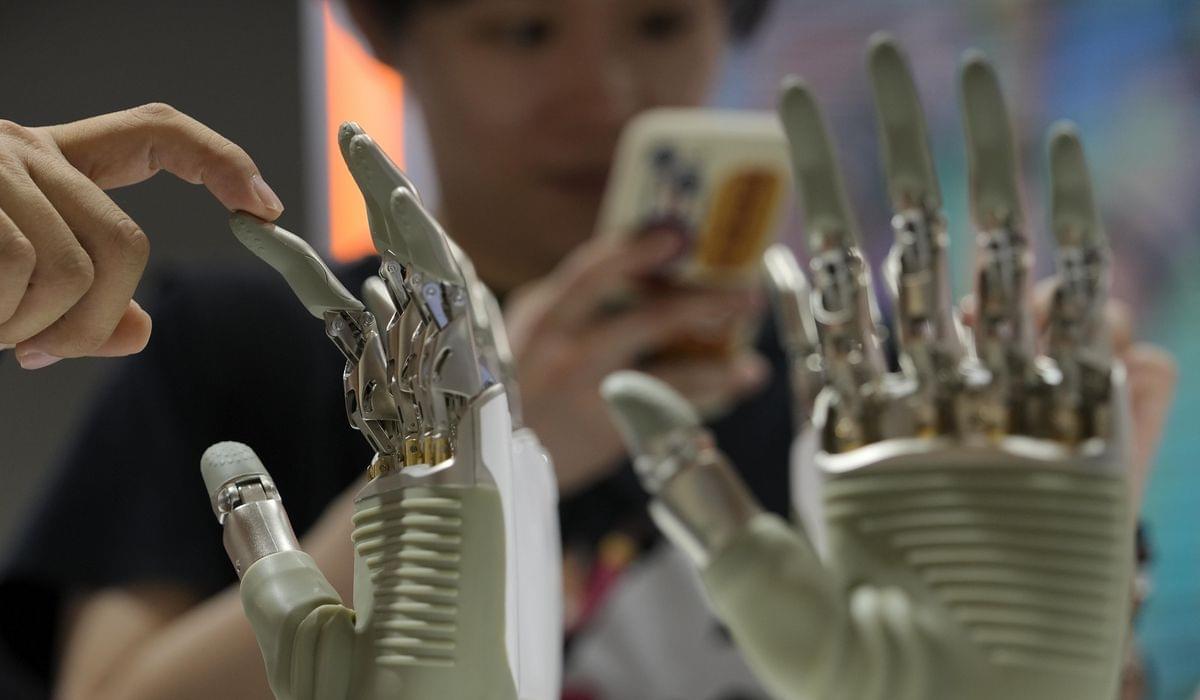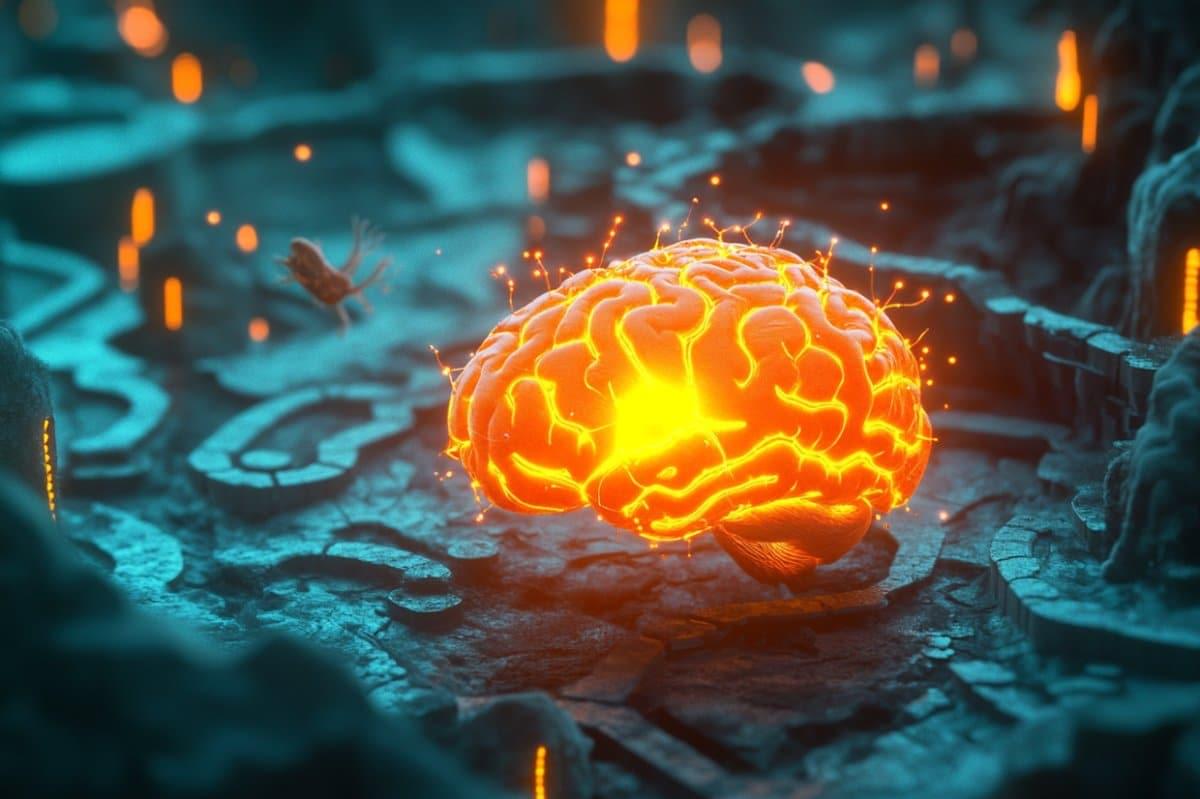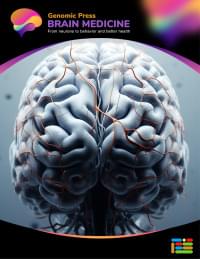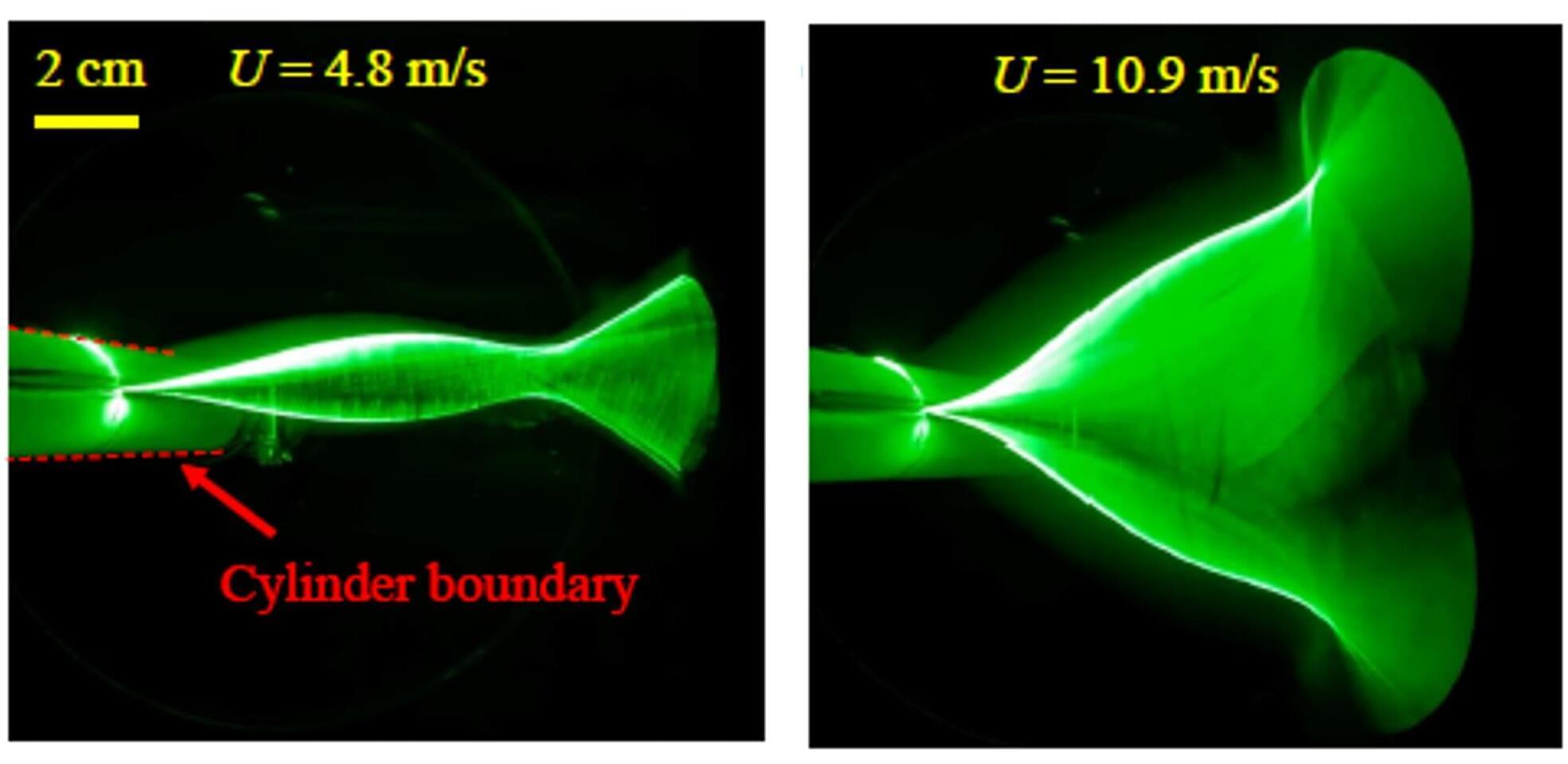Scientists say they’ve put together a new kind of molecular toolkit that could eventually be used to treat a variety of brain diseases, possibly including epilepsy, sleep disorders and Huntington’s disease.
The kit currently contains more than 1,000 tools of a type known as enhancer AAV vectors, with AAV standing for “adeno-associated virus.” A consortium that included researchers from Seattle’s Allen Institute for Brain Science and the University of Washington combined harmless adeno-associated viruses with snippets of engineered DNA to create a gene-therapy package that could target specific neurons in the brain while having no effect on other cells.
Researchers laid out their findings in a set of eight studies published today in the Cell Press family of journals. The work is part of a project called the Armamentarium for Precision Brain Cell Access, funded through the National Institutes of Health’s BRAIN Initiative.






